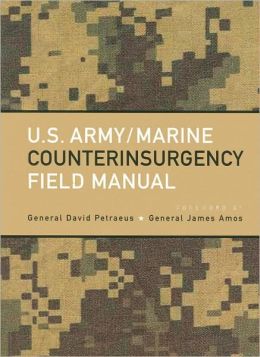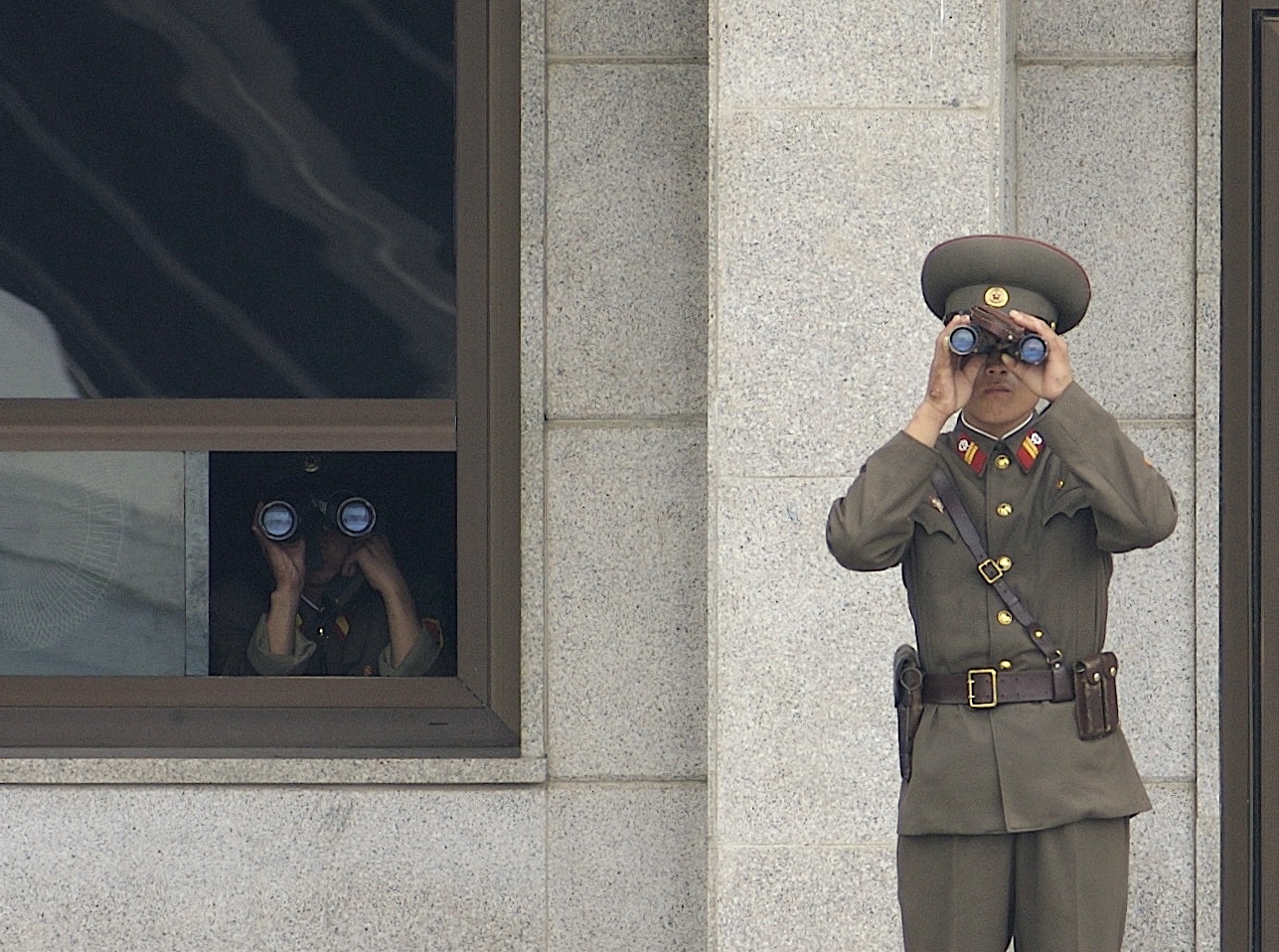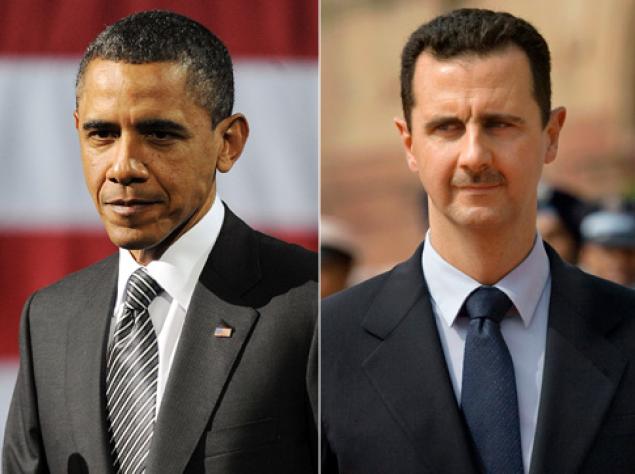That generals are always prepared to fight the last war is an adage that is often repeated when criticizing a military’s lack of adaptability during a conflict. While the phrase is mostly tongue-in-cheek, it does highlight some difficulty the armed forces have in applying lessons learned. An effective litmus test in gauging core changes to the way the army does things is simply to look at what it considers its core doctrinal documents. Thus, a state’s ability to wage war is often limited by its military doctrine, since doctrine provides for the preparation of the army for conflict and the method of engaging in conflict to achieve success.
Turning to the US forces deployed in Iraq and Afghanistan, there was real difficulty in not only determining that an insurgency was budding, but also the manner in which it had to be dealt with. The primary reason is that counterinsurgency operations have not been granted the primacy they deserve in the 21st century. The model of war between states at a massive scale, dubbed by former Deputy SACEUR of NATO Rupert Smith as the “industrial paradigm” of war, culminated during WWII and has dominated military doctrine and strategy to this day. To quote retired US Army Lieutenant Colonel John Nagl, “the sad fact is that when an insurgency began in Iraq in the late summer of 2003, the Army was unprepared to fight it.” He goes on, “the American army of 2003 was organized, designed, trained, and equipped to defeat another conventional army; it had no peer in that arena.” Nagl’s comments do not mean the US Army has had no experience with counterinsurgency operations, the Vietnam War being the notable example. However, the lessons learned in that war appear to have been largely forgotten. General Jack Keane, former Vice Chief of Staff of the Army stated that “After the Vietnam War, we purged ourselves of everything that had to do with irregular warfare or insurgency, because it had to do with how we lost that war.”
[captionpix align=”right” theme=”elegant” width=”400″ imgsrc=” http://natoassociation.ca/wp-content/uploads/2013/07/US_Army_51544_Army_Gen._David_H._Petraeus-1024×682.jpg ” captiontext=”Retired General David Petraeus, architect of modern U.S. counterinsurgency doctrine.”]
Part of Keane’s problem, aside from the difficulties faced in Vietnam specifically, is that the strength of a military force is still calculated by tools central to conventional warfare. These include tanks, planes, ships, etc. According to the Army’s two capstone doctrinal manuals, these are the real tools of war. However, the AK-47 and the machete continue to kill people by the millions. The basic designs and principles of weapons and tactics from WWII and previous conflicts defines in many ways the thinking around waging war, despite the fact that the battlefields of the industrial paradigm no longer exist.
Since military doctrine is still reliant on the industrial method of war to determine the function of a modern army, as well as how it goes about its primary functions, it creates the conditions in which armed forces are often unable to respond to non-traditional conflicts, like insurgencies, in a meaningful way. The fifty years of high profile losses suffered by various Western powers either in interventions or colonial conflicts did nothing to change the deepest held assumptions about the army’s purpose, that it could be used to deliver a decisive strategic victory over the opponent. Since the presence of nuclear weapons made conventional strength fairly irrelevant in state conflicts, it is strange then that the army did not fully dedicate itself to responding to asymmetrical conflicts as its primary purpose.
There is no real intuitive reason to suggest why military doctrine remains more reflective of the army’s more traditional functions as opposed to adapting with the changing times. Perhaps the most compelling reason to explain the lingering power of the traditional model is its integral historical role and its visual impact. In many instances, industrial war has forged states and given them identities. Therefore, while industrial conflicts no longer take place, their historical supremacy gives them priority during the development of military doctrine. Second, public understanding of war still hinges on the industrial model. Tanks, aircraft carriers, and cruise missiles dominate popular perception of what war looks like, and more importantly, what activity the military engages in. Thus, the inclusion of the IED as a symbol of war is just not as popular as that of a tank.
Intellectual developments in the army on the topic of counterinsurgency have taken place only relatively recently. The updated US Army/Marine Corps Field Manual 3-24, Counterinsurgency, was published in 2006, and its recommendations did not see battlefield implementation until early 2008 when the author of the new field manual, General David Petraeus, was given command of the coalition troops in Iraq, and then transferred to Afghanistan as commander in 2010. In both instances, Petraeus’ command saw an overall improvement of the situation, although both conflicts are far from being considered a success. It should be noted that “winning hearts and minds,” a strategy now eponymous with counterinsurgency operations, is only a recent initiative and is largely a result of the change in overall strategy in Iraq in 2008 and in Afghanistan in 2010. As opposed to militarily defeating the enemy, an archaic mission passed down from conventional methods of war, the primary objective is to create political conditions in which the opponent can no longer operate. The field manual emphasizes the primary role of traditionally non-military activities and the decisive potential of other agencies in achieving success in counterinsurgency. Furthermore, the manual also introduces new doctrinal constructs such as the method of identification of the unique array of enemies and problems that generate a contemporary conspiracy, or the promotion of multiple lines of operation with different governmental organizations.
However, it remains to be seen whether the recent changes in US military doctrine will be fully absorbed or forgotten as they were in the aftermath of the Vietnam War. The silver lining created by the improved performance of coalition troops in Iraq and Afghanistan is evidence that counterinsurgency doctrine might be adopted en masse by the armed forces, and that such conflicts in the future may lead to better results.




